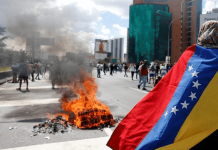Russia’s war in Ukraine has sent shockwaves through the world, triggering a fear among experts that Taiwan, too, could be invaded in the coming years.
Taiwan, like Ukraine, has always been surrounded by a powerful and aggressive neighbor. Chinese and Russian leaders have both used historical interpretations to legitimize their current territorial ambitions.
Taiwanese military strategists are keeping a close eye on the Ukraine situation in order to learn lessons that can be incorporated into the island’s own combat strategy against a potential Chinese invasion, Reuters reported.
The deployment of precision weaponry by Russia and tactical resistance by Ukraine, despite being outmanned and outgunned, appears to be at the crux of this initiative. This is understandable, given how small Taiwan’s forces are in comparison to those on the mainland.
The self-governing island has long been threatened by Beijing, which has vowed to annex it, if needed, by force.
Many Taiwanese feel compelled to beef up the island’s defenses, seeing the Ukrainian people’s determination to oppose Russian forces and the fact that, while being a West-friendly country, they have been abandoned by the US and its allies.
Focus On Asymmetric Warfare
Taiwanese President Tsai Ing-wen has advocated the concept of “asymmetric warfare.” This entails using vehicle-mounted missiles to enable the island’s army to be highly mobile and difficult to strike.
Ukraine has employed the same approach with mobile weaponry to thwart Russian forces, according to Ma Cheng-Kun, director of Taiwan’s National Defence University’s Graduate Institute of China Military Affairs Studies.
“Ukraine’s military has been making full use of asymmetric warfare very effectively, and so far successfully holding off Russia’s advance,” said Ma, a government adviser on China policy.
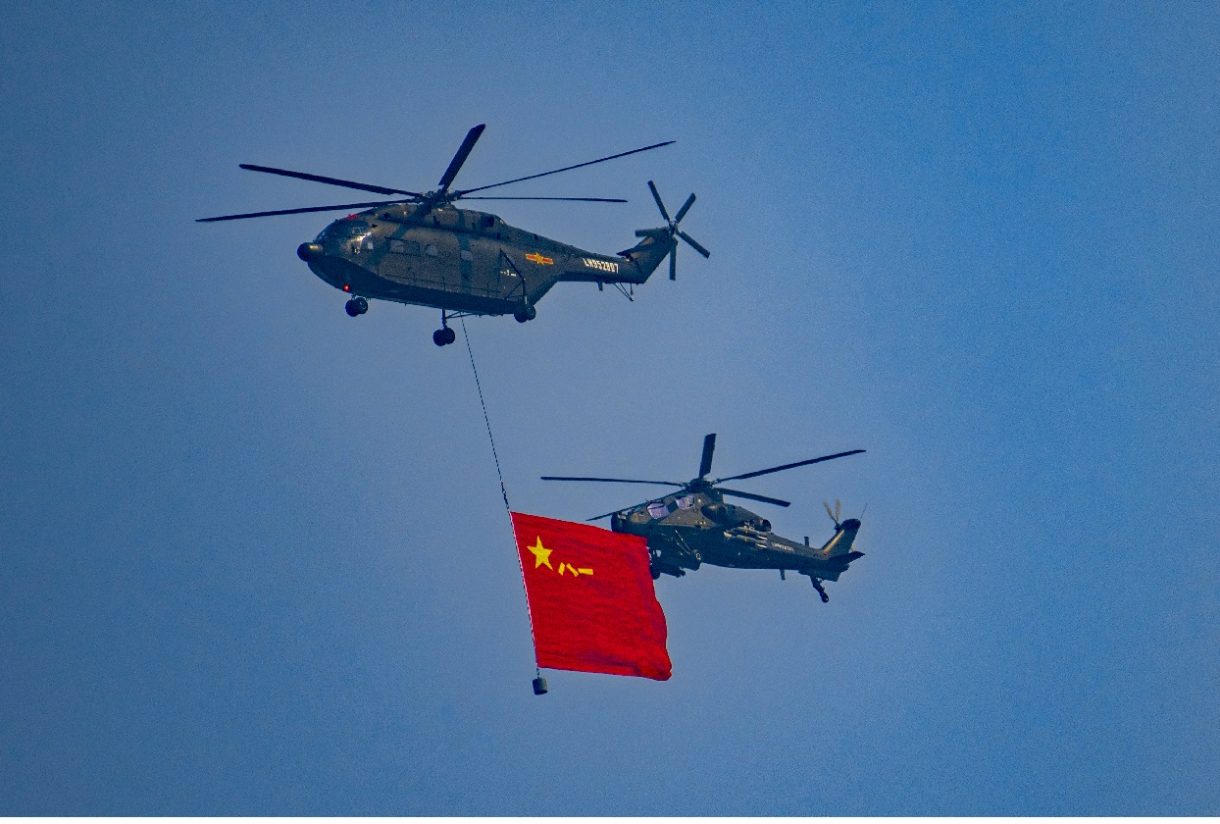
“That’s exactly what our armed forces have been proactively developing,” he added, pointing to weaponry like the Kestrel shoulder-launched anti-armor rocket, which was created domestically and is tailored for close-in fighting. “From Ukraine’s performance, we can be even more confident on our own.”
Former Taiwan Chief of General Staff, Adm. Lee Hsi-min previously argued, “For Taiwan, such an ‘asymmetric defense’ would provide an effective deterrent against the threat of Chinese invasion.”
Lee suggested the use of several small, mobile units that rely on speed, surprise, and knowledge of local topography to inflict maximum damage on an invading power before retreating to rearm and attack elsewhere.
He also advocated asymmetric capabilities not only in the active military but also in the 3.5 million reserve force of discharged soldiers and ex-conscripts who are supposed to supplement regular forces on the ground.
Moreover, Taiwan has been working on other long-range missiles that can reach the mainland. Last week, it was reported that Taipei aims to raise missile manufacturing to 497 from 207 per year.
The new initiative would focus on the development of Wan Chien air-to-ground missiles, Hsiung Feng IIE missiles, and the long-range Hsiung Sheng land-attack missile, reportedly capable of reaching China.

Taiwan’s Concerns Amid Ukraine Crisis
Recently, the Taiwan government’s spokesperson, Lo Ping-cheng, said that “in all areas,” Ukraine and Taiwan “cannot be compared.”
“There are those using this opportunity” of the Ukraine invasion “to manipulate the so-called (topic) of ‘today’s Ukraine, tomorrow’s Taiwan,’ trying to inappropriately link Ukraine’s situation with Taiwan’s, disturbing people’s morale. This is inadvisable,” he said.
He also stated that Taiwan is geopolitically important and an integral part of the global high-tech supply chain. However, when one considers that Ukraine was also a key player in the aircraft industry, this argument doesn’t appear to hold water.
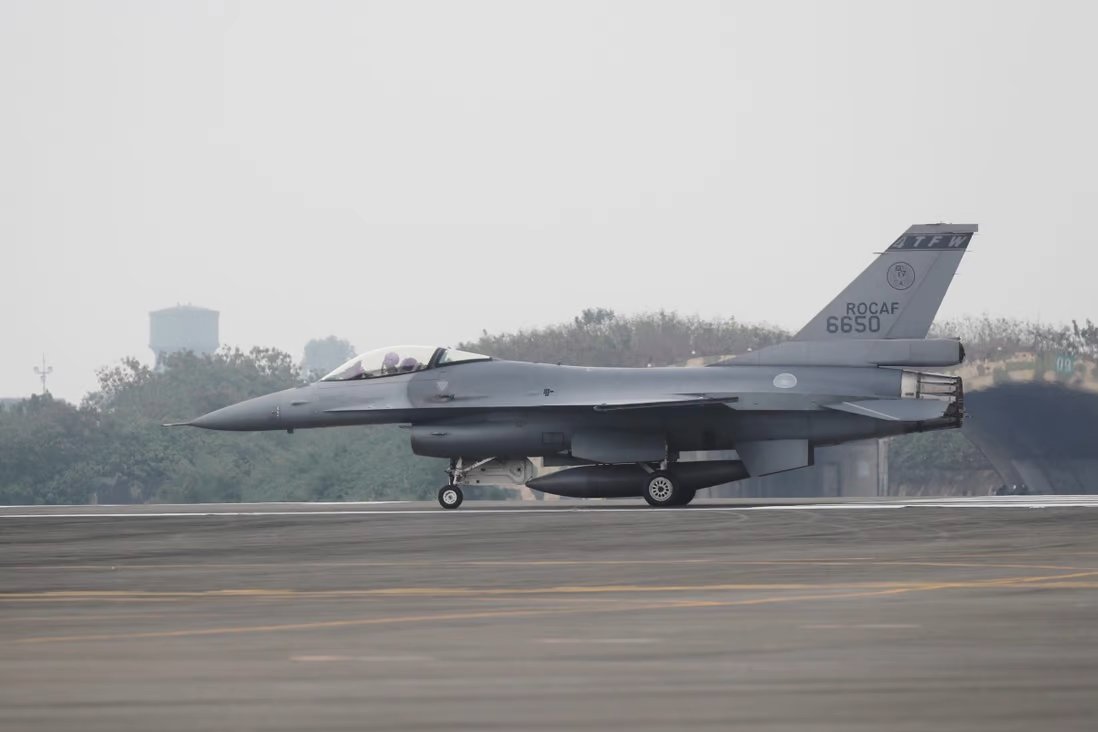
The Taiwan Strait, which is 100 miles wide at its narrowest point, serves as a natural maritime barrier for Taiwan, according to Lo. PLA military activities can be spotted from Taiwan. This would allow time to Taiwanese forces to prepare for an invasion.
However, the strait will offer little protection against China’s Air Force, not to mention the vast number of missiles that the People’s Liberation Army Rocket Force has developed and positioned across the water.
In a 1994 agreement, the US and the UK had guaranteed Ukraine’s territorial integrity. But, they did not come to protect Ukraine from the Russian invading army. This raises the obvious question of whether US forces would rush to Taiwan’s help if it is attacked by China in the near future.
Taiwan To Upgrade Tanks
In a major boost to the Taiwanese army, the island nation has decided to upgrade the combat capabilities of its aging M60A3 tanks. This action is being taken to deter any possible attack by the People’s Liberation Army.
The upgrading contract was granted to the island’s main weapons producer, the National Chung-shan Institute of Science and Technology, for NT$444 million (US$15.7 million).
Taiwan’s army has 460 M60A3 tanks. These tanks were purchased from the US between 1995 and 2000. The gun, firing, and sighting control systems of forty US-made tanks will be upgraded. The vehicles are expected to be delivered in batches by Oct 2025.
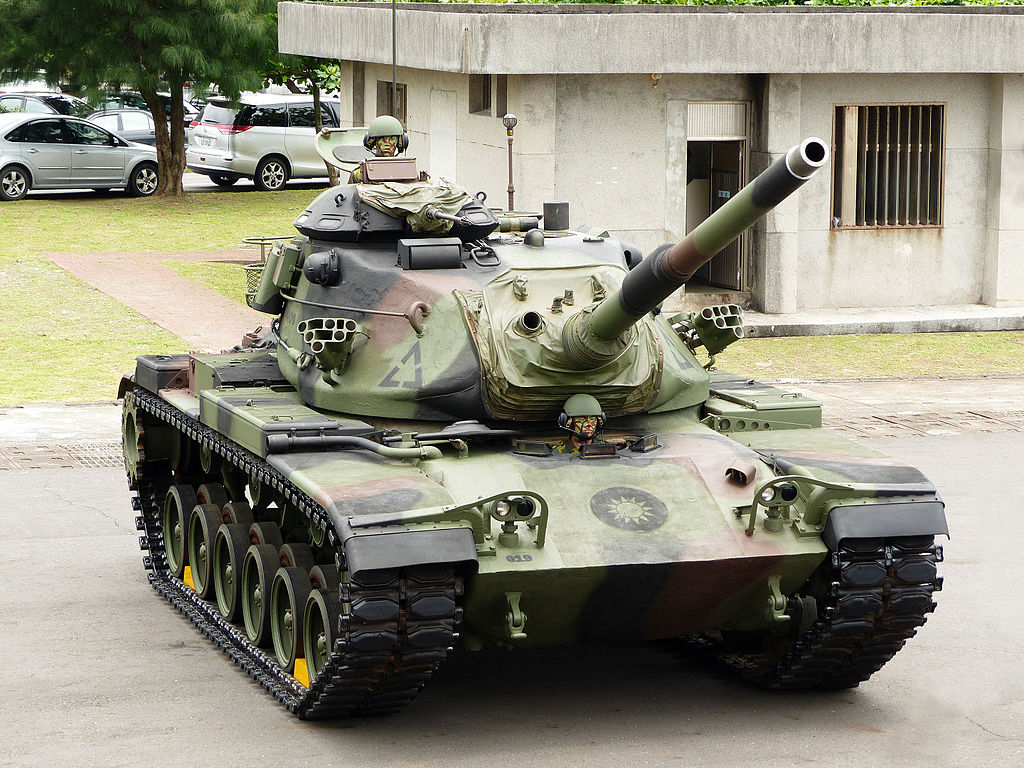
According to military officials, if the army is satisfied with the work done on the first 40 M60A3 tanks, the remaining of the fleet would be upgraded as well.
The enhancements, according to military authorities, will assist extend the life of the M60A3s while also improving combat capability against any PLA amphibious landing effort. In recent years, the M60A3 tanks have appeared in the island’s annual Han Kuang war games.
M60A3 tanks conduct target practice in #Taiwan's outlying #Penghu County ahead of the #HanKuang drill. Taiwan’s largest annual military exercises are scheduled to take place early next month. (Courtesy of Ministry of National Defense) pic.twitter.com/qIZuZEr1Jy
— Taiwan Today (@Taiwan_Today) May 25, 2018
Taiwan’s Tank Fleet
The Taiwanese army has roughly a thousand tanks, including 460 American-made M-60A3s, 400 CM-11s, and 250 CM-12s. The CM-11 combines an M-60 chassis with a modified M-48 turret. The CM-12 is a modified M-48 with a turret similar to the CM-11.
M-60A3s make up a large component of Taiwan’s tank fleets, which are stationed on the small offshore islands of Quemoy (also known as Kinmen) and Penghu (or the Pescadores) near the Chinese mainland.
The tank was built in the United States and entered service in 1959. Since then, it has been continually modified and improved. The M60 is still in service in seventeen countries, demonstrating the design’s durability.
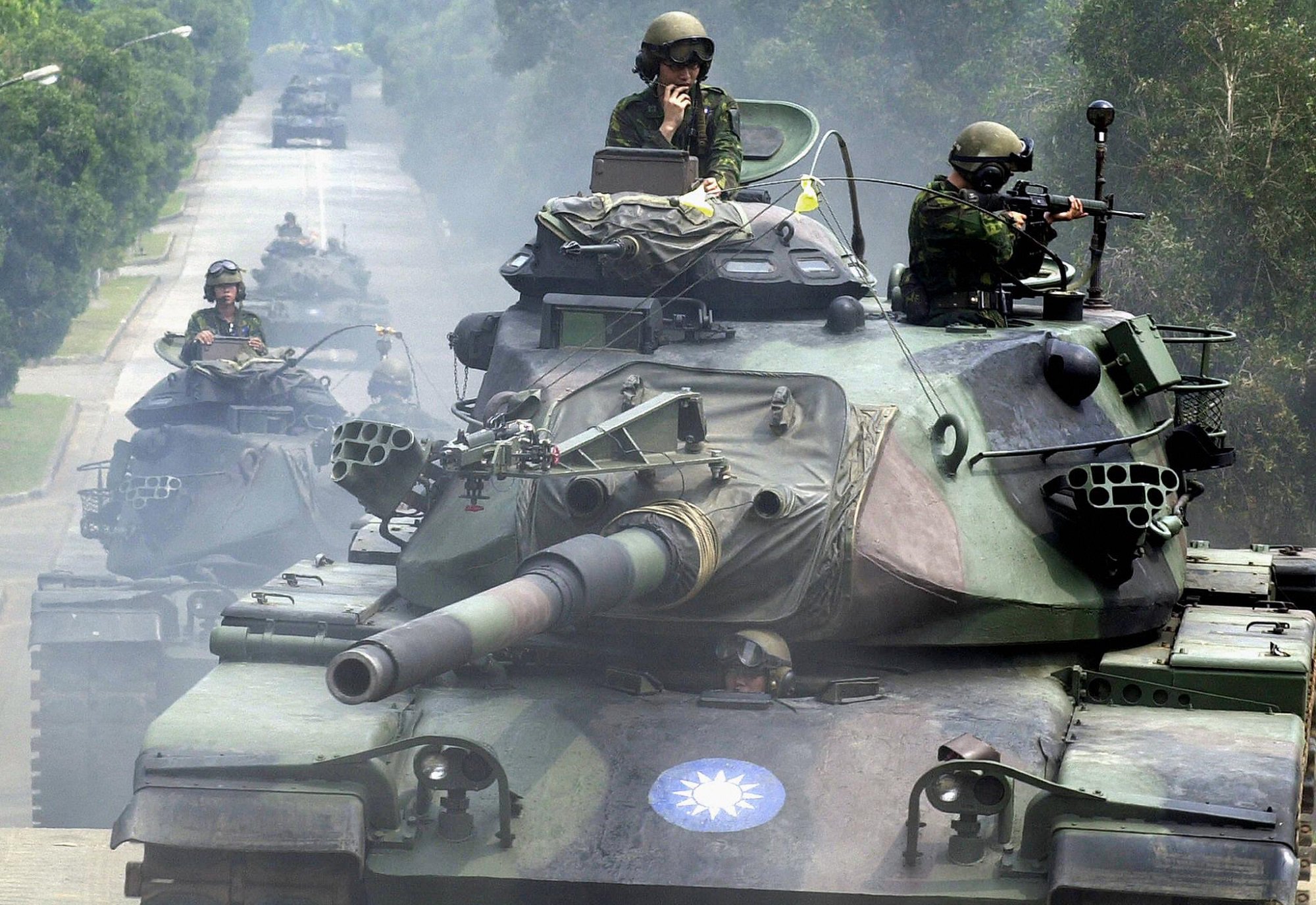
A total of 15,000 tanks were manufactured. The modified M60A1, which had thicker armor and a better ammo stowage mechanism, was the most popular. During the Cold War, this was the most mass-produced American tank. The tanks are no longer in service with the US Army, having been phased out between 1994 and 1997 in favor of the more powerful M1 tanks.
Taipei struggles to purchase modern armaments, including tanks, because of Chinese pressure on Western suppliers. As a result, the government has to keep modernizing and reconfiguring older vehicles in a bid to keep its forces operational.
However, the US government does provide its support to provide new weapons to the island nation.
In addition to the island nation’s outdated tank force, the US State Department approved the sale of 108 M1A2T Abrams tanks, Stinger missiles, and accompanying equipment to the island nation in a $2.2 billion agreement in 2019. Later this year, the first of the M1A2Ts is slated to arrive on the island.
The M1A2Ts are modeled on the US Army’s most recent battle tank, the M1A2C. The tank has been modified for the Taiwanese military, including enhanced electrical power and an ammunition data link for “smart” shells with reprogrammable fuses. The Abrams tanks will progressively replace the island’s aging CM11s.
Why Tanks are Crucial for Taiwan?
Beijing considers Taiwan, which is self-governed, to be part of its territory and has never ruled out using force to seize control of the island. It has increased diplomatic pressure on Taiwan, flying a record number of jets into its air defense identification zone on an almost daily basis.
Last year, Taiwan’s defense ministry released a report, stating the Chinese People’s Liberation Army is expected to launch a full-fledged offensive, comprising joint strikes and landing operations, in order to seize Taiwan in the shortest period possible with the minimum losses.
According to the ministry’s study, the PLA may pretend to conduct combined war games involving its air force, navy, and army near Taiwan’s east and south coasts in order to intimidate the Taiwanese population.
Once the PLA had secured sea and air dominance, it would deploy amphibious landing ships, transport planes, and helicopters for troops to strike key military bases in Taiwan., according to the report.
Taiwanese war preparations rely heavily on tanks. If a Chinese invasion force manages to deploy troops in Taiwan, the armored formations of the Taiwanese army will have to counterattack and crush the temporary encampments.
Taiwan sees its weaponry as strictly defensive, part of a smooth transition to a “hedgehog” or “porcupine” strategy, in which the island strengthens its fortifications while fending off an attack by the People’s Liberation Army. Tanks are considered to be a major part of this strategy.
- Contact the author at ashishmichel@gmail.com
- Follow EurAsian Times on Google News


